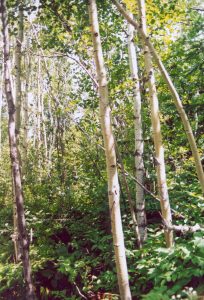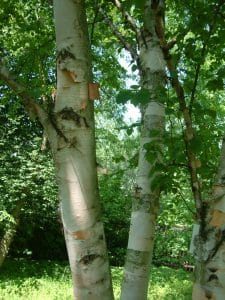
The birch is one of those trees that we can find throughout much of the northern hemisphere. It has a fast growth rate, a very interesting feature when planted in a garden, since it also provides shade.
Although you have to be careful with its roots and plant it away from anything that can break or damage it, such as pipes, for example, It is a plant with which it is easy to beautify a land.
Origin and characteristics of birch
The term birch refers to a series of deciduous trees (except one, which is evergreen) belonging to the genus Betula. Most are native to the Northern Hemisphere, Europe, North America, and Asia, but there are some that live in North Africa. As usual, They are plants that reach heights of 10 to 30 meters, with trunks that can be solitary or branch from the base, and with white bark.
The cup is almost always ovate, and is made up of diamond-shaped leaves. These measure up to 6 centimeters long, and are green. Its flowers are female or male, both appearing on the same tree, and are green or yellow catkins, depending on the species.
Types or varieties of Betula
In order for you to get to know birch trees better and to be able to better choose the variety you want to have in your garden, we are going to introduce you to the most commonly used species in gardening:
Betula pendula (before alba betula)

Image - Wikimedia / Percita at Flickr
It is the common or European birch, although it is also found in Asia. It develops a straight and thin trunk, about 40 centimeters thick, with a pure white bark. It grows up to 30 meters in height, and in autumn its leaves turn yellow.
Betula papyrifera
- Image - Wikimedia / Notafish
- Image – Wikimedia/Radomil
The canoe birch or paper birch it is a tree that usually reaches 20 meters, but can exceed 35 meters. The trunk measures about 80 centimeters in diameter, and has white bark. It is native to North America, including Alaska. It likes the cold very much, so it is perfect to have in places where the summers are mild and the autumns and winters are cold.
Betula pubescens (before Betula celtiberica)
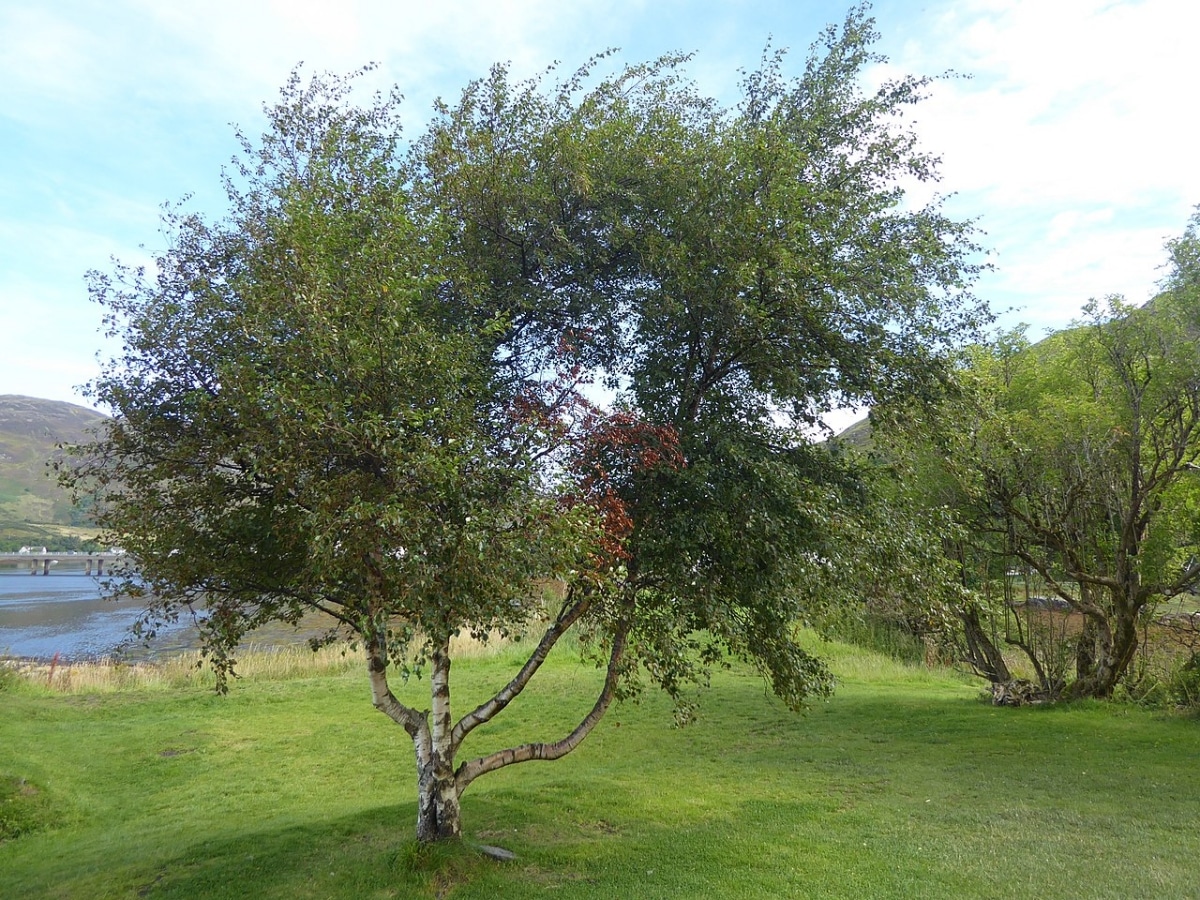
Image - Wikimedia / Syrio
It is known as downy birch, and is native to northern Europe and northern Asia. It is, therefore, the most suitable for growing in temperate climates, where winters are cold. It reaches a height of 10 to 30 meters, and has a slender trunk 40-50 centimeters thick.. During the fall, when temperatures begin to drop, its leaves turn yellow and/or red.
Betula nana
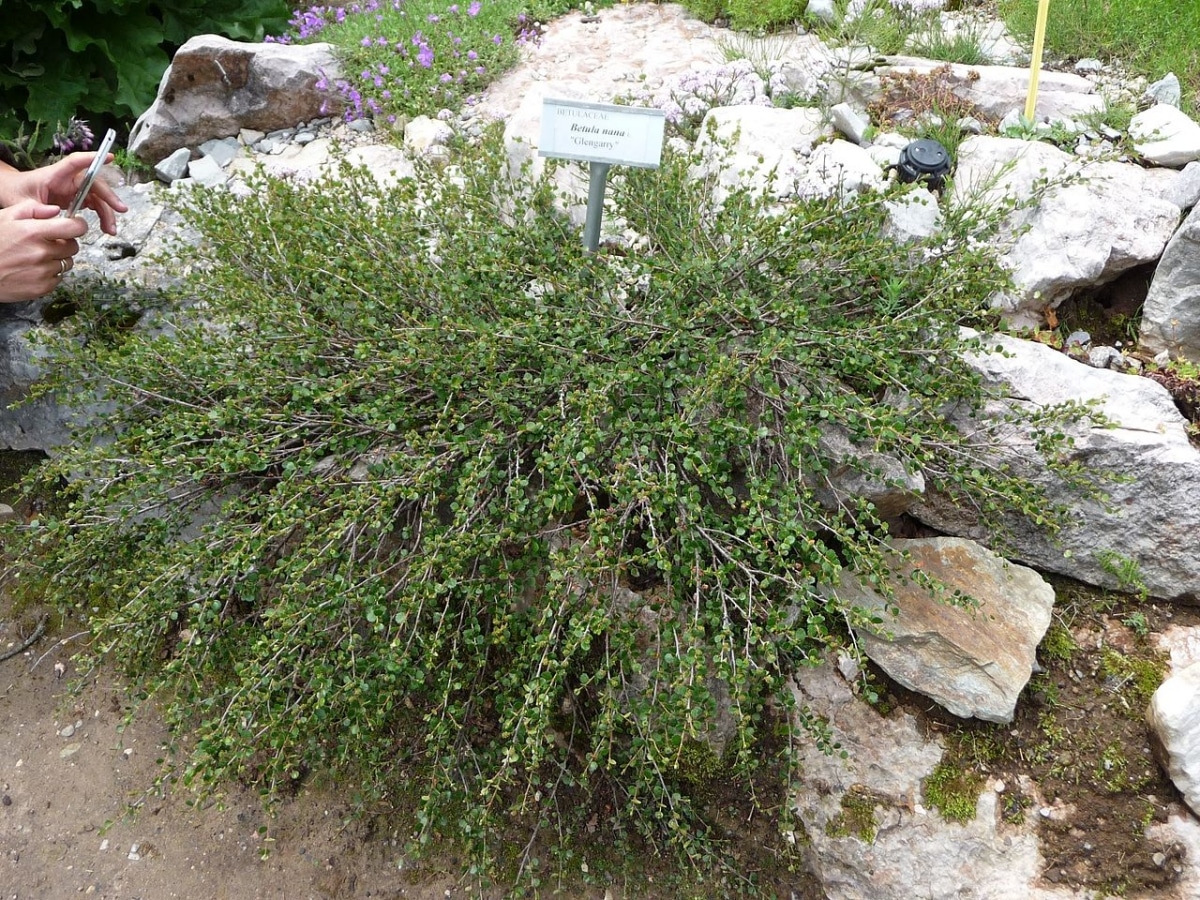
Image – Wikimedia/Serious Creature/Markok
Dwarf birch is a shrub that grows in the arctic region of North America, northern Europe, and Asia. It is also possible to find it in Greenland. Unlike other Betula, he is evergreen, reaching a height of up to 1,2 meters. It is not widely cultivated in gardens, as it needs a cool climate for much of the year and cold in winter to grow well.
What is the birch for?
It is a plant that is usually used merely ornamental. It provides shade, and in a garden it can also be used as a tall hedge. It is even possible to work it as a bonsai, since it tolerates pruning well.
But a lesser known use is the medicinal. The bark of some species, such as Betula pubescens, contain betulinic acid, which could be effective against some types of cancer. Here you have the link to a study that was done in case you want to know more. In addition, the sap and leaves of this same species have purifying, diuretic, anti-inflammatory, antiseptic and astringent properties.
Furthermore, the Birch It is used to make plywood or interior furniture.
What do you need to grow well?
The birch or Betula is a plant that, although it has a thin trunk, its roots are very long. For this reason, it is highly recommended to plant it in a large garden, since in a small one we could end up with problems. But in addition, the needs of the tree must be taken into account so that it grows well:
Climate
Ideally, the climate should be temperate, with mild summers and winters with frost and snowfall.. Now the Betula pendula yes, it could be grown in places where the summer is hot (35ºC) and frosts are mild (down to -5ºC), but it should not lack water.
Earth
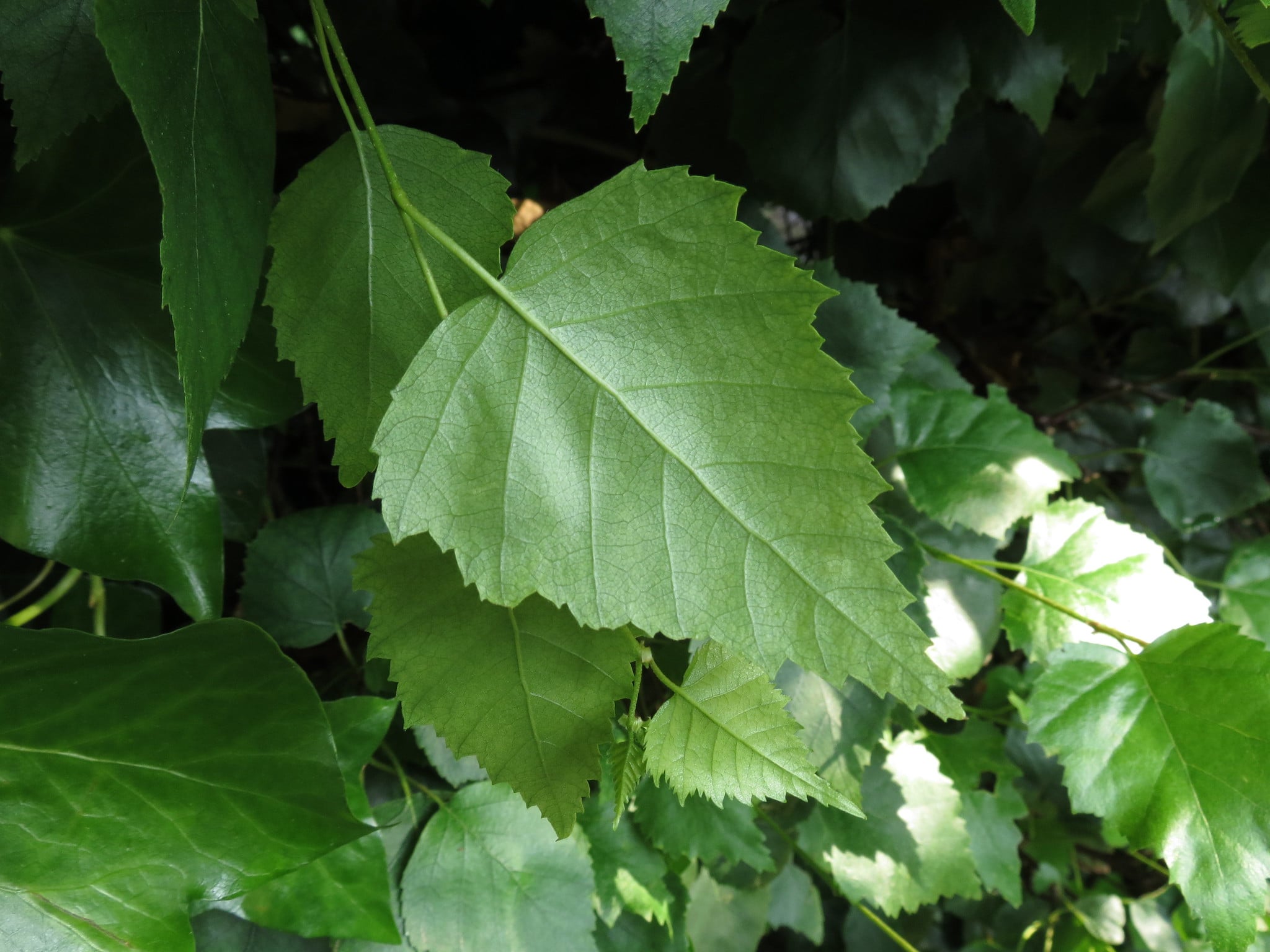
Image - Wikimedia / Donald Hobern
The garden soil must be fresh, slightly acidic and fertile. In limestone soils, its leaves become chlorotic as a result of the lack of iron and fall prematurely.
In case you want to keep it in a pot for a while, you have to plant it in one that has holes in its base, with substrate for acid plants (for sale here).
Irrigation
the betula needs frequent waterings. It is important that the soil is kept moist so that it does not dry out. Of course, you have to use rainwater whenever possible; Otherwise, you could choose to use one that has little lime.
Subscriber
It is advisable to fertilize the birch from spring to late summer. For this, you can use organic that stimulate its growth, such as guano (for sale here).
Multiplication
Multiplies by seeds. These have to be sown in winter, since this way they will germinate during the spring.
Rusticity
It is a tree that resists frost without problems. At least, it withstands up to -18ºC, but more northern species such as the Betula nana They withstand -30ºC, maybe even more.
What did you think of the birch?
